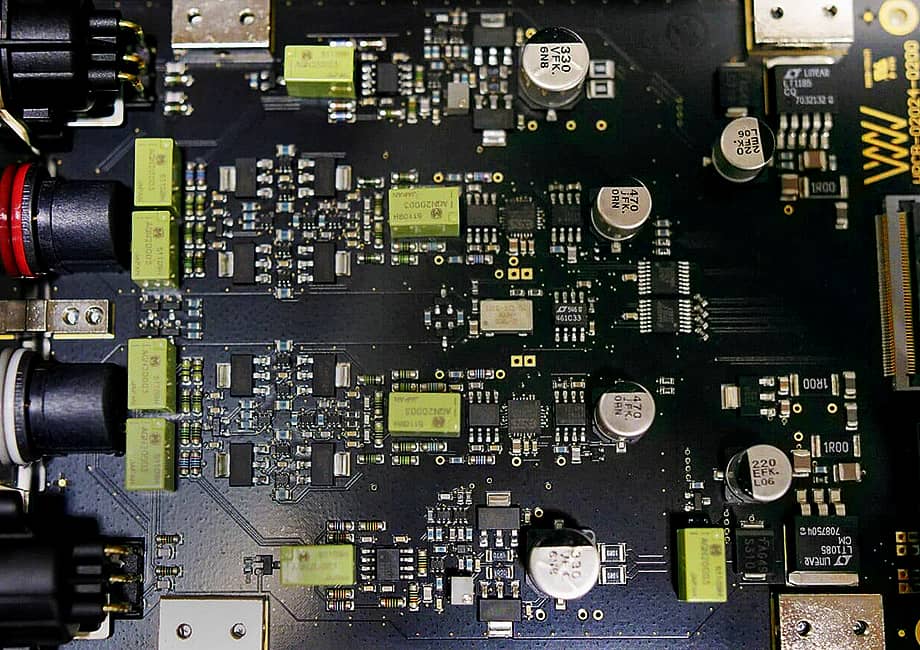Here is an edited blurb from a recent high-end DAC. review that encapsulates most of the key differences in a high-end unit. In this case the WEISS DAC 502.
For the digital audiophile, D/A conversion could be the most important link in the entire chain. Given the nature of advancement and product turnover in this category, DACs tend to come and go in audiophile systems, and face replacement quicker than any other component.
Not only is there intense competition for a spot on the audiophile’s rack, but given the plethora of brands and unique design approaches in the D/A converter market, just getting the audiophile’s attention is a difficult task for manufacturers.
Some brands trademark their proprietary tech using catchy acronyms; others try their best to reinvent the wheel.
Weiss, whose digital product design roots stretch back to the late 1970s, takes a more traditional approach and aims for higher levels of sophistication without the need to pioneer new technology. Given the results when comparing the company's flagship DAC502 to competitors, it's clear that Weiss knows what they're doing, and their decades of experience play a significant role in the sound quality of this converter.
Read along as we examine the exceptional component-size converter from the Swiss manufacturer in Part 1 of our exclusive review below.
For most of the DAC, Weiss uses SMD (Surface Mount Device) parts, which means more precise tolerances, better matching and lower inductance throughout the circuit, and more predictable signal accuracy. It also means the various elements of the circuit – regulators, I/V stages, output stages and the like – can be seen in a bird’s eye view. It’s all high-performance-focused, but certain parts of the inner workings are easy to comprehend.

Arranged symmetrically and intuitively on the DAC board you see top shelf DAC chips, regulator circuits dotted left right and center, a voltage stage and its regulator, and discrete output stages - one per channel.
There isn’t a lot of bloat to this circuit – it’s clear where the R&D and money goes into these devices. Regulation everywhere and multiple rails of isolated power (separate digital and analog) are expensive, and seem to be the key to the exceptional sound quality of this DAC. The further you go into the high end of audio, the more you read about extravagant power supplies and intense regulation, and Weiss is using those philosophies throughout.
Why is it important to regulate and isolate every small voltage in the box, and to have advanced regulators throughout the DAC? Well, remembering that the music we hear is simply energy that we’ve modulated, and remembering that signal purity is essential at the DAC level before multiple stages of amplification, Weiss’ decisions make sense.